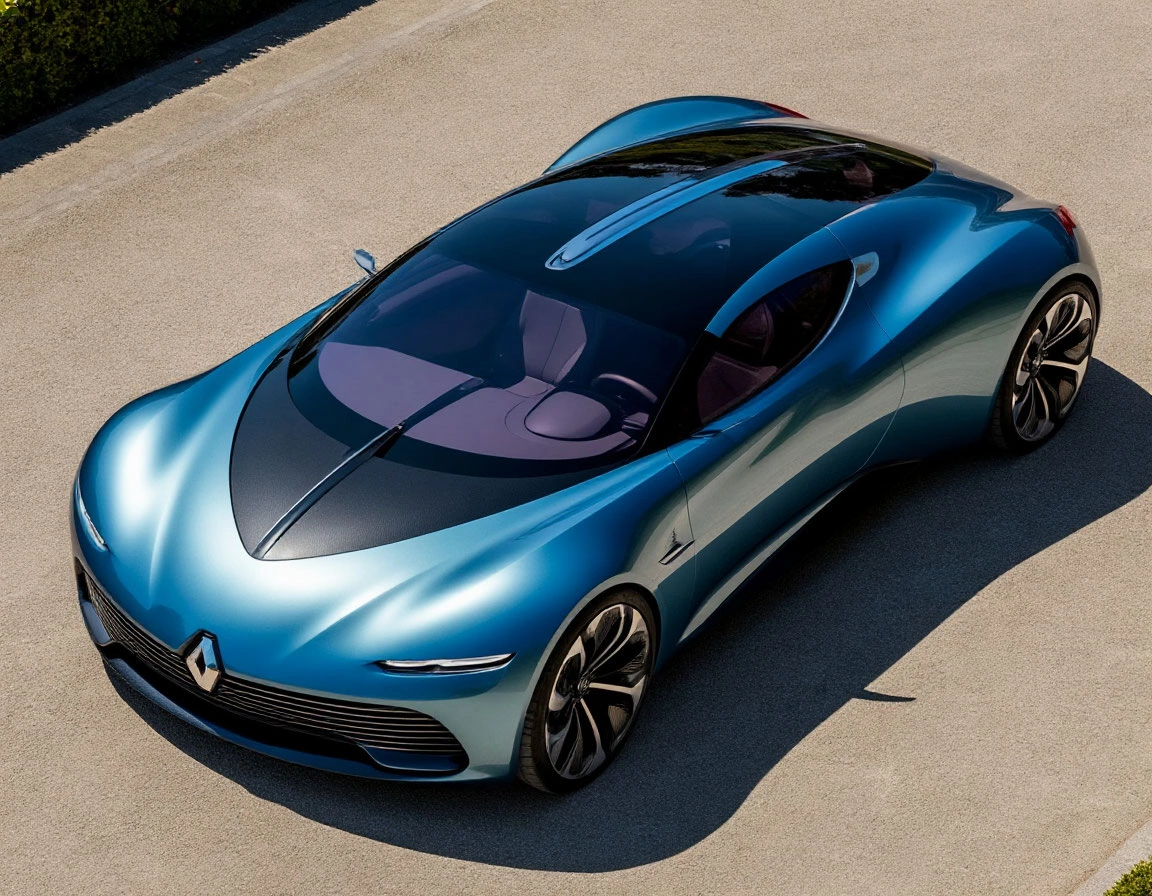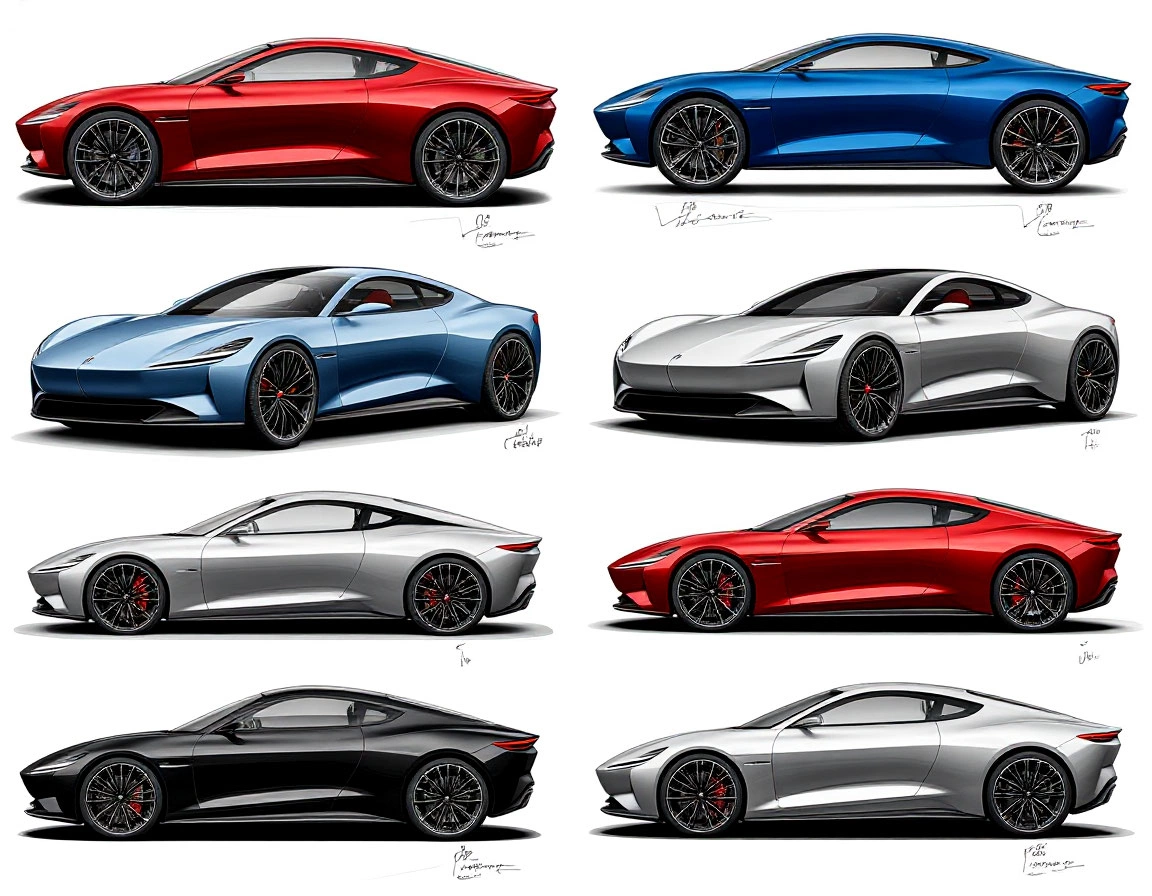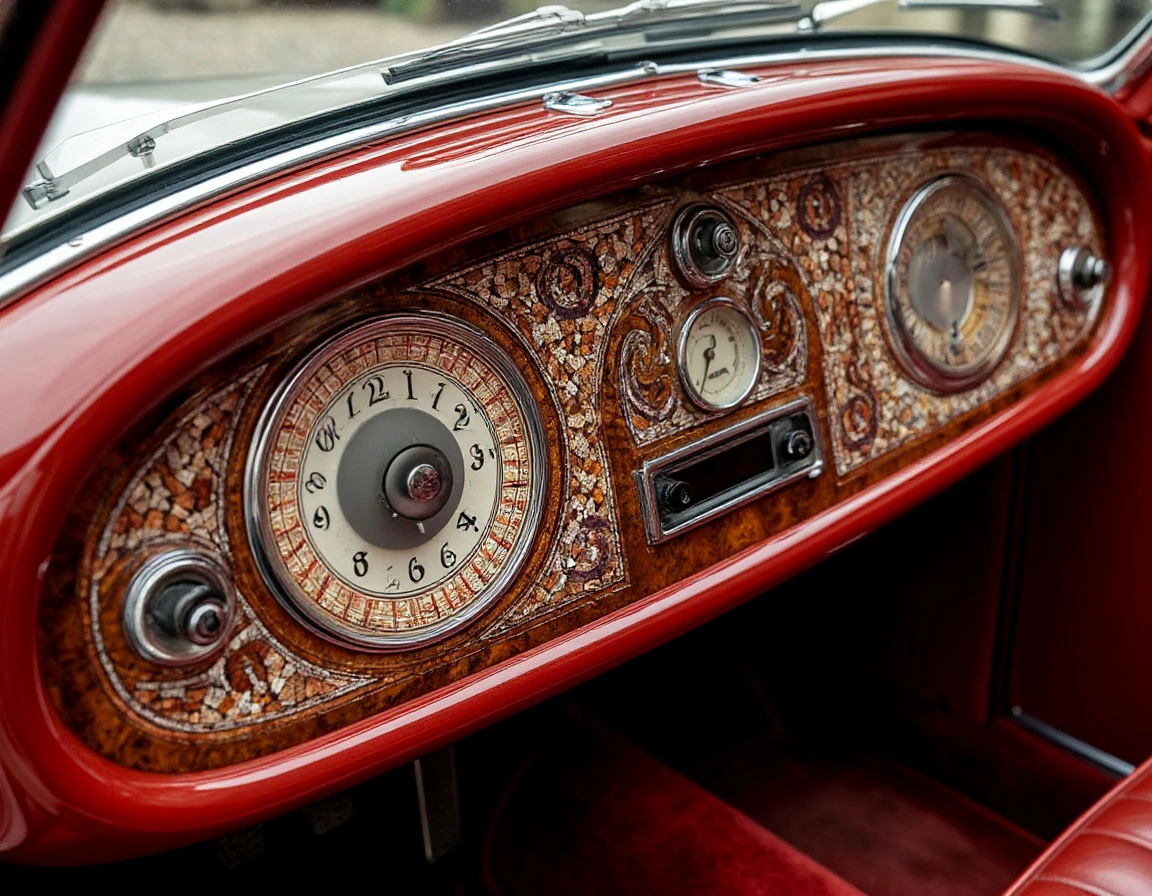Curves, Code, and Character: How AI Is Reimagining Car Design in 2025
If there’s one thing I took away from this year’s Milan Design Mobility Week, it’s this: design is no longer just skin-deep — it’s becoming a language. In 2025, cars are no longer shaped just by clay, wind tunnels, and engineers. They’re being shaped by algorithms, cultural data, and even neurofeedback studies.
And honestly? It’s mesmerizing. And just a little scary.
I walked into the Mobility Pavilion expecting the usual parade of concepts — silver arrows, autonomous bubbles, all lights and no steering wheels. What I found was more nuanced. Brands weren’t just showing off what their cars looked like — they were inviting us to explore why they looked that way.
The Rise of AI-Curated Aesthetics
One of the biggest showcases came from Renault, with their AI-designed concept, the Synesthesia One. The car’s shape wasn’t designed by a human team in Paris, but co-developed with a generative AI system trained on 150 years of visual art, urban mobility trends, and biometric feedback from test drivers.

The result? A car that looks like it grew — not like it was built.
But here’s where it gets deeper. The car changes its lighting and interior mood based on your voice tone and pupil dilation. The AI isn’t just a tool for design — it becomes the co-author of your experience.
Other automakers followed suit. Toyota’s “HAKUMEI” concept was built with generative AI trained on both Japanese minimalist architecture and emotional response mapping. The seats recline at an angle dictated not by ergonomics, but by EEG brainwave relaxation patterns.
We’re entering a world where design becomes emotional data made physical.
What Happens to the Human Touch?
I had a fascinating conversation with a lead designer at Pininfarina, who told me, “In 2025, our job is less about choosing lines — it’s about choosing prompts.” Their AI studio, Aria, now drafts hundreds of form variations in seconds, allowing designers to act more like curators or editors.
So, the question becomes: is this still art? Can something be beautiful if no one human shaped it?
Personally, I think the answer is yes — but it requires a mental shift. We used to think of car design as something tactile, even romantic. Now it’s becoming computationally poetic. The emotion’s still there — it’s just translated through different hands. Or code.

Sustainability Meets Style
Another major theme at Milan was eco-intentional design. I’m not just talking about carbon-neutral manufacturing. I’m talking about design choices made specifically to reduce waste, extend product life, and anticipate reuse.
Take Volvo’s Re:Verse prototype. Every single surface — from the curved dashboard to the body panels — is modular, removable, and reconfigurable. Think: LEGO meets IKEA, but make it stylish.
They claim this will extend the car’s usability by a decade and reduce material waste by 70%.
What amazed me was how seamlessly they’ve integrated these sustainable principles without sacrificing aesthetics. In fact, reusability becomes part of the beauty. Scarcity is no longer the standard for value — flexibility is.
The Return of Emotion in an Over-Engineered World
Amid all the code and modular panels, I did start to feel a creeping fear: is car design becoming too clean? Too clinical? Too… perfect?
That’s why I found Lancia’s “Aelia” concept so refreshing. It’s not the most advanced in AI or modularity. But it had soul. The asymmetrical headlights were inspired by Roman ruins. The paint shimmered in tones that subtly shifted based on daylight. There were imperfections. It felt human.
And maybe that’s the lesson. In a world where AI can generate perfection, what we crave might be the unexpected, the flawed, the emotional.

Design, at its best, still tells a story. And stories are messy. In 2025, the best cars are the ones that embrace both the algorithm and the artisan.
Where We Go from Here
As I left Milan, I realized this wasn’t just about cars. It was about how we redefine creativity in a world of intelligent tools.
We’re no longer asking, “What should this car look like?” We’re asking, “How should this car make you feel?” And we’re answering that with data, dreams, and digital intuition.
Designers aren’t being replaced — they’re being reimagined. And that, to me, is as thrilling as any V12.
Close